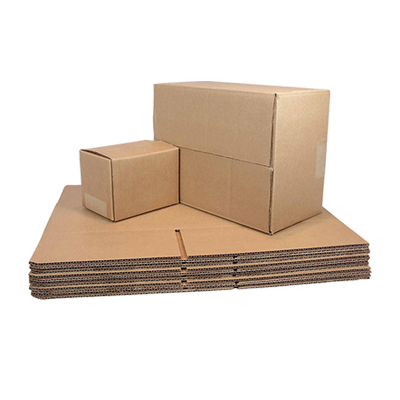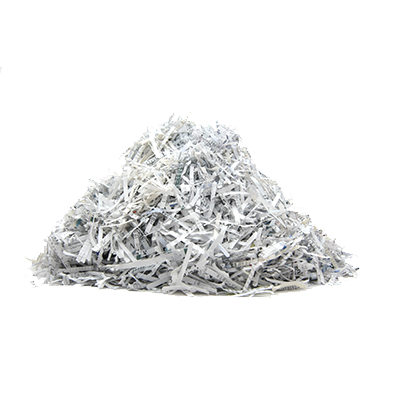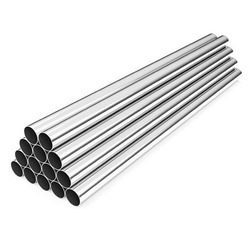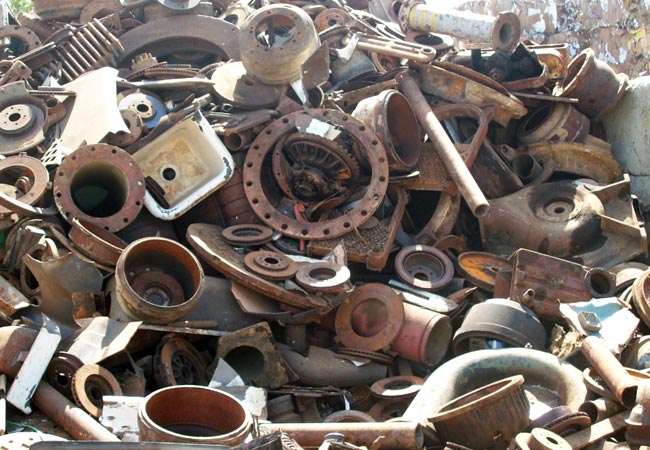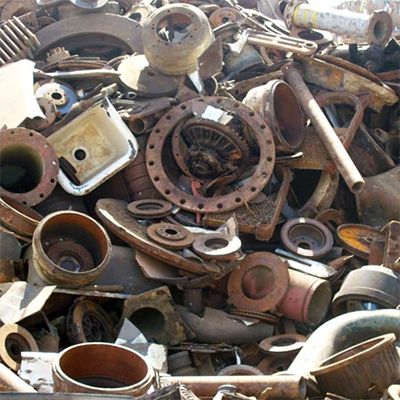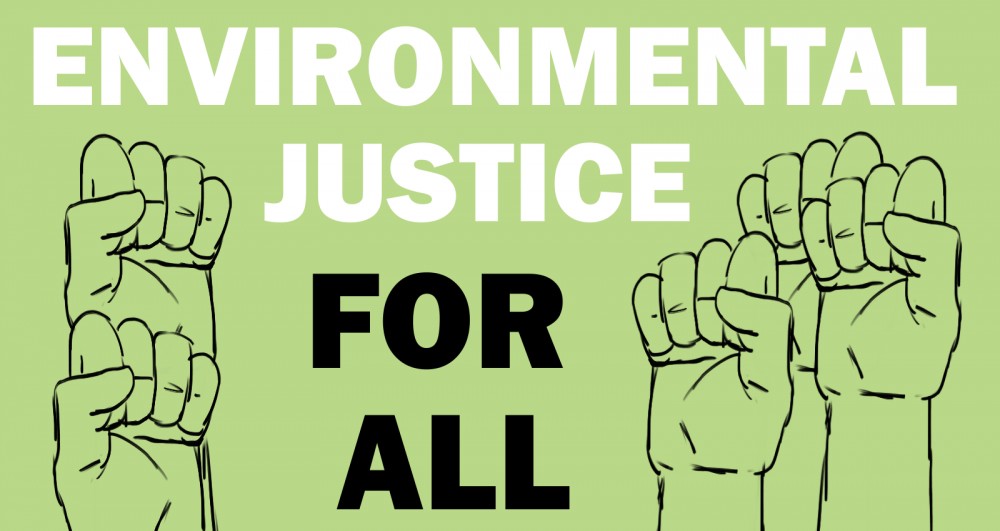
2020-06-05
Environmental Justice in the New Normal
2020 isn’t even halfway through and we have faced and face a pandemic, caste and race related human rights violations, and natural disasters. While we educate ourselves and learn about race privileges or casteism in Nepal, we also have to battle another injustice happening all around the world. Environmental and climate injustice. These occur when marginalized groups face greater repercussions and risks from climate change or environmental disasters than those who are more privileged. The brick kilns in Bhaktapur spring to mind where brick kiln workers are continually exposed to black smoke from the kilns. Yes, those in Kathmandu Valley do suffer from air pollution but those working in brick kilns or living nearby are more likely to be affected.1 Environmental and climate injustice are global issues we must think about and fight against if we are to truly pave the way for a sustainable and equal planet.
Undoubtedly, most of us who are privileged and at home at this time have probably reflected on what the world could look like in the wake of COVID-19. If we are to move towards ‘a new normal’ after the lockdown, after COVID-19, after natural disasters made worse from climate change, not only do we need to inform ourselves of equity for all but also take an active role in living sustainably. This is not only to quell our guilt for the environment but to create a just system where natural resources can be preserved and redistributed to benefit society as a whole.
You must have read about locusts rampaging farms in Jaipur or about cyclone Nisarga wreaking havoc in southern India. Think about the farming communities affected by the locust devastating crops and food production, destroying the farmers' source of income.2 Think about those affected by cyclone Nisarga. While those who can afford to evacuate or afford to stay inside the safety of their houses would have been safe, those who are homeless or do not live in sound structures have a different story to tell.3 Closer to home, you see melting Himalayan glaciers depleting water supplies to communities downstream.4 Add to this, the three month long lockdown is in place where those in lower income brackets are struggling for food let alone basic necessities. Climate change solely did not create these disasters but it amps up their severity and subsequently, damage.
Now those of us reading this may not know what can be done or if anything can be done. But grass root level movements do not start with grand gestures, they start with people. They start at homes and communities. The first thing to change is the way we view consumption and how we view products of consumption. Waste workers are at the frontline dealing with all the waste we generate on a daily basis. In fact, the first step towards justice in waste management would be to bring equity to our workers. If you use a recycling service like Doko Recyclers, treat their waste workers with dignity and respect. The people collecting recyclers from our clients, the scrap pickers who pick up recycles from the streets, the scrap vendors who store and sort your waste with a profit margin are absolute unsung heroes to keeping Kathmandu as clean as it can be. If you have ever avoided a path because of the waste piled on it, or turned your nose away from the awful stench of these piles, think about the waste workers who have to clear them out, who have to come in direct contact with them as part of their work. If you want to dismantle racism, and casteism, you must dismantle classism and prejudice against those working in waste no matter who they are. You must acknowledge the dignity in the work they do.
At an individual level, you can begin by segregating your recyclable waste into paper, plastic, metal, glass, and electrical waste which roughly makes up approximately 20% of the waste you generate at home. For an average Nepali family, about 60% of all waste generated is organic which means if you start building your home garden, you can easily turn more than half of your waste into useful detritus for your soil and plants.5 The rest of the 20% of waste is landfill and toxic and these include silver lined food packets (think instant noodles packages), styrofoam, single use plastics like cutlery and straws. The lockdown is the perfect time to deviate from using such items and create long lasting habits for yourself and your family. If you segregate waste, not only do you save natural resources that would otherwise be dumped at Sisdole, you also begin to see that waste is not a dirty word. Judging from the piles of waste on the streets, it is evident that how we manage waste, at the moment, is irresponsible. If those same piles were segregated and stored properly, we would begin to understand that waste is not garbage, it is in fact a resource we no longer consume and are squandering.
Consumption plays another role in the ‘new normal.’ What you choose to consume today will be your waste tomorrow. If you reduce what you want, to only use what you need, you are already an activist! If you want to envision a dignified way of segregating waste, think about how you can minimize your consumption so waste is manageable, and in turn you can play an active role in creating safe environments for our waste workers.
When you recycle, choose to walk somewhere, stop using plastic straws and bags, and reuse what you can, you are creating a culture of change - you are demonstrating your want for environmental, social, health, and economic justice. Remember, the ones who contribute the least to our global carbon footprint are the ones who suffer the most whether they are farmers, waste workers, or other communities who unfortunately have to deal with natural or man-made disasters of our own doing. Being sustainable is not only being responsible for your role in saving the planet, it is also about being responsible for the people on the planet, no matter who they are. If you want a better life after this lockdown, you have to want a better life for everyone around you.
Further Reading:
1. Joshi, S.K., & Dudani, I. (2008). Environmental health effects of brick kilns in Kathmandu valley. Kathmandu University medical journal (KUMJ), 6(1), 3–11. Retrieved from https://pubmed.ncbi.nlm.nih.gov/18604107/
2. “At least one person died” (2020, June) Cyclone Nisarga: India's Mumbai escapes worst cyclone in decades. BBC. Retrieved from https://www.bbc.com/news/world-asia-india-52900967
3. Godin, Melissa. (2020). Swarms of Millions of Locusts Devastate Crops in India Amid Pandemic-Created Economic Crisis. Time. Retrieved from https://time.com/5846539/india-locust-pandemic/
4. Stephen Leahy. (2019). Himalayan glaciers melting at alarming rate, spy satellites show. National Geographic. Retrieved from https://www.nationalgeographic.com/environment/2019/06/himalayan-glaciers-melting-alarming-rate-spy-satellites-show/
5. Asian Development Bank. (2013). Solid waste management in Nepal: Current status and policy recommendations. Retrieved from https://www.adb.org/sites/default/files/publication/30366/solid-waste-management-nepal.pdf
To learn how to manage your recyclable and organic waste:
Basic Guide to Recycling by Pranav Rajouria https://dokorecyclers.com/blog/basic-guide-to-recycling-5
Harvesting Black Gold at Your Own Home in 5 Simple Steps! by Darshana Singh https://dokorecyclers.com/blog/harvesting-black-gold-at-your-own-home-in-5-simple-steps-6






